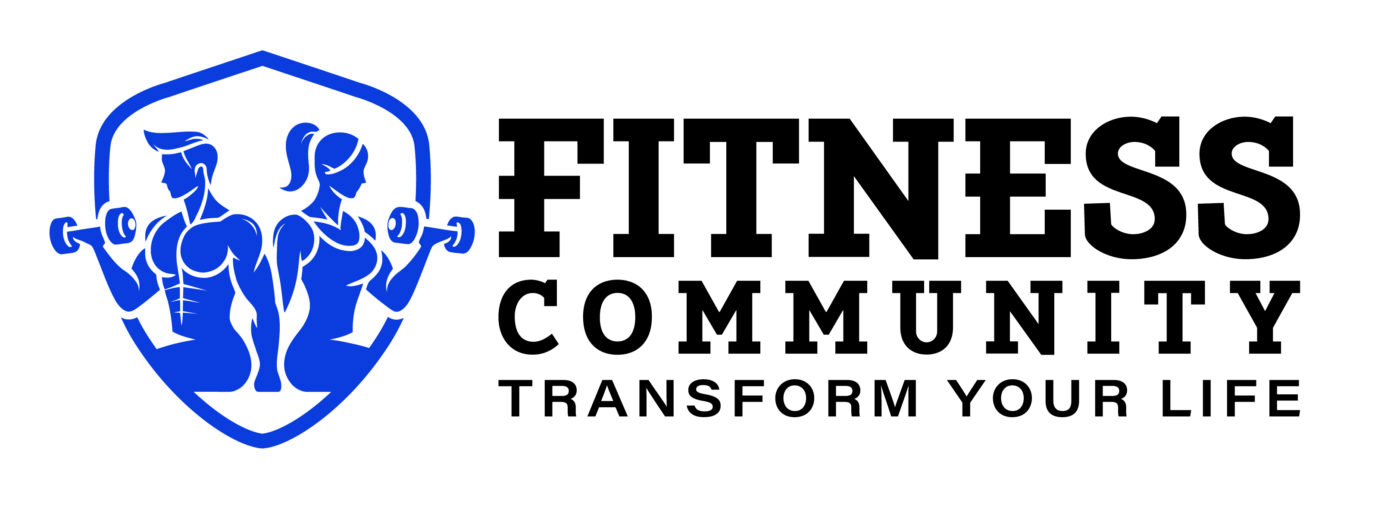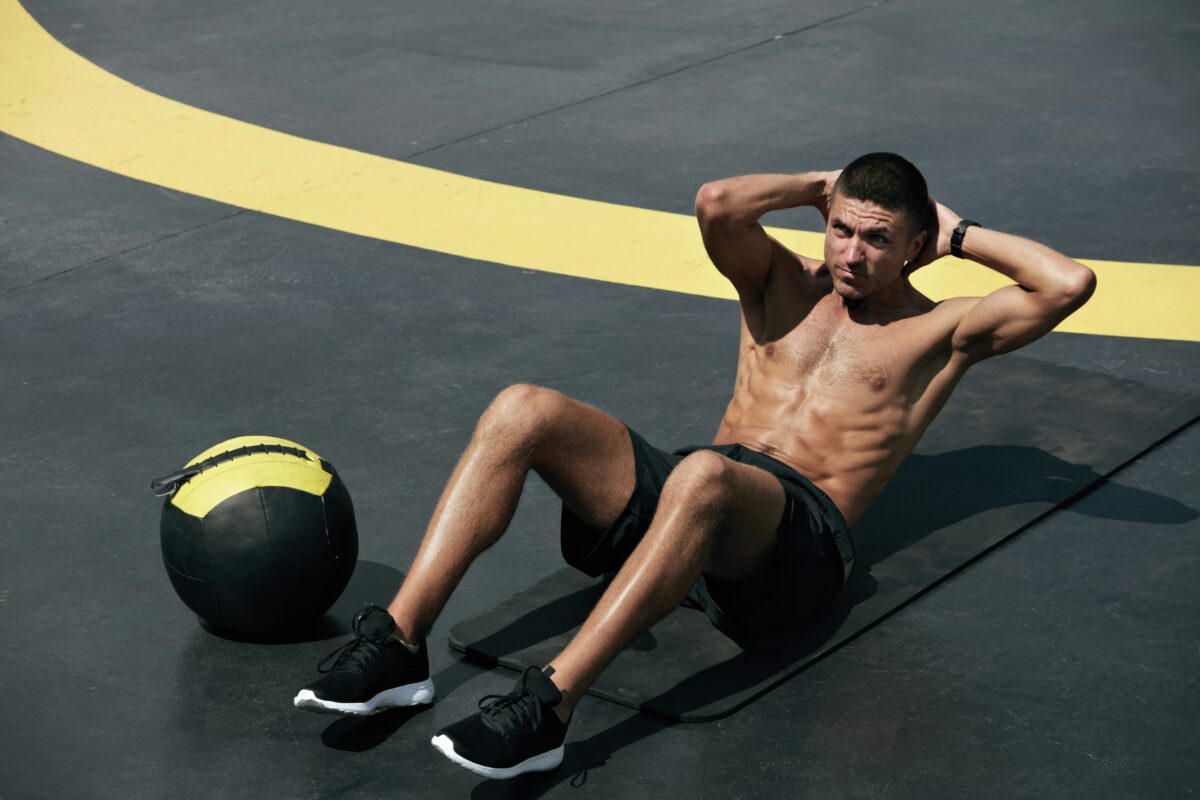HIGH-INTENSITY INTERVAL TRAINING
From Burpees to Battle Ropes: The New Era of HIIT Workouts
HIIT Has Come a Long Way
High-Intensity Interval Training (HIIT) has evolved far beyond the stationary bike. “HIIT can be done in countless ways,” says fitness expert Jillian Michaels. “Think sprints, stairs, rowers, bikes, or even the elliptical. You can also use classic bodyweight movements like burpees, squat jumps, mountain climbers, jump rope, or jumping jacks. For an added challenge, throw in ball slams, battle ropes, or kettlebell swings.”
Why a 15-Minute HIIT Workout Works
Even just 15 minutes of HIIT can make a big impact. It ramps up your metabolism, builds strength, and helps reduce body fat. The best part? You don’t need an hour or a gym full of equipment to see results.
Michaels points out that the Tabata method—one of the most popular HIIT formats—only lasts four minutes. “I usually save Tabata for the end of a moderate workout to max out my burn,” she says.
And yes, HIIT can be done with no equipment at all—unless you want to add in some kettlebells or a jump rope.
Try This 15-Minute HIIT Workout
- Total Time: 15 minutes
- Format: 3 rounds
- Interval Timing: 40 seconds on, 20 seconds rest
- Equipment: None
Workout:
- Plank thrust to squat jump
- Squat jumps (modify by removing the jump if you have knee issues)
- Ice skaters
- Lunge jumps
- Burpees
Cooldown: 2 minutes of light movement or stretching
What HIIT Actually Does for Your Body
Now that you’re thinking about trying (or already tried) a quick HIIT session, here’s how it benefits your body:
1. You’ll Burn Serious Calories
HIIT workouts torch calories—fast. “You’re training at maximum effort, so your body uses more energy,” explains Michaels. Plus, HIIT revs your body’s repair cycle, meaning you’ll keep burning calories even after the workout is over.
2. Your Metabolism Gets a Boost
Thanks to a phenomenon called EPOC (Excess Post-Exercise Oxygen Consumption), your metabolism stays elevated post-workout. “EPOC happens because your body is trying to return to its pre-exercise state,” Michaels explains. “Since HIIT demands so much oxygen, your body keeps burning calories long after you’re done.”
3. You’ll Get Fitter, Faster
HIIT makes you a stronger, faster, and more efficient athlete—quickly. “These workouts are intense, so the body must adapt fast,” says Michaels. “That means improved bone density, better cardiovascular endurance, and stronger muscles in less time.”
4. It Fits Into Your Busy Life
No more excuses about not having time. HIIT lets you squeeze in a powerful workout in the time it takes to scroll your feed. “It’s incredibly efficient,” Michaels adds. “In just 15 to 20 minutes, you can get the same benefit as 45 minutes of steady cardio.”
5. Long-Term Health Gains
The visible results are great—but HIIT delivers long-term health benefits too. “It can lower blood pressure, reduce blood sugar, improve insulin sensitivity, and help maintain muscle mass and bone density,” says Michaels.
One Last Thing: Balance Matters
While HIIT is an excellent way to stay fit when time is short, it shouldn’t be your only workout style. “If you’re only doing HIIT, your routine may become unbalanced,” warns Michaels. “It’s important to include strength training, flexibility, and mobility work too.”
Also, more isn’t always better. HIIT is meant to be short and intense. Overdoing it can lead to fatigue and a higher risk of injury. So if you only managed 15 minutes today—give yourself some credit. That’s 15 minutes of real effort, and your body will thank you.

